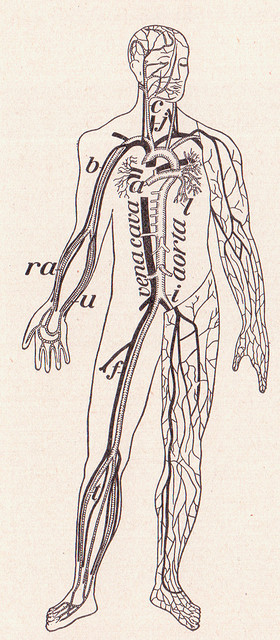Their Best Customers
I’ve been thinking lately about some businesses/industries which “somehow” fail to use their best customers in their advertising. I’m thinking of two in particular.
Some who read this may be old enough to remember commercials on television that advertised products for their brands with catchy slogans “informing” potential customers that their particular product “…tastes good like a cigarette should” or had “less tar – more taste.” Depending on what apparently was the target audience, the actors in the commercials and/or the models in the magazine and newspaper ads were portrayed in such a way as to encourage others to emulate them.
One icon of the tobacco industry back then was portrayed as a rugged “cowboy type.” The idea seemed to be that “real men” preferred one brand of cigarettes. This ruggedly handsome man who rode on horseback across our screens and appeared in countless ads in magazines and elsewhere was known as The Marlboro Man.
As it turns out, there was not just one of these men. Different actors/models were used during the course of this advertising campaign. You might be interested in learning about some of these men. According to one source I consulted…
Five men who appeared in Marlboro-related advertisements — Wayne McLaren, David McLean, Dick Hammer, Eric Lawson and Jerome Edward Jackson, aka Tobin Jackson — died of smoking-related diseases, thus earning Marlboro cigarettes, specifically Marlboro Reds, the nickname “cowboy killers” (wikipedia.com)
Although cigarette companies can no longer advertise on television, they have found other outlets. It is of interest to me that their tactics have not changed. The implied message is that their particular brands will help you to be (or are preferred by) those who are young (but not too young), mature (but not too mature), successful, attractive, popular, etc.
They fail to use their best customers as they advertise their products. I guess that they don’t want people to see those who are fighting just to breathe, those who may have had a lung removed, people who depend on the ever-present source of oxygen, or even such “minor” things as teeth and fingers that are yellow in color from years of using their products.
It is not really all that difficult to think of another industry that uses very similar strategies in order to attract customers. Just turn your television on for a relatively short time, and you will see people having a really good time. As was the case with the cigarette industry, these people are sort of models for whatever a person wants to be. The one thing they have in common is that they all have a particular brand of an intoxicating drink in their hands.
Like the cigarette companies, those who sell these products “somehow” fail to show their best customers in their ads. They don’t show those who are literally lying in a gutter after “a good time.” They don’t show those who are now homeless because of their addiction to alcohol. They don’t show the people in hospitals dealing with very serious and sometimes fatal conditions.
Some of us may remember the commercials for a particular brand of beer that informed us that “if you’ve got the time, we’ve got the beer.” Apparently, they try to make people feel special by telling consumers that their brand is (in the slogan of another brand) “…for you.” What are never shown in these commercials and ads are spouses and/or children who sit at home wondering if or when the one who is not home will be home and if, should he or she return home, what their condition will be. Also not shown are those spouses, children, friends, or all of the above who carry the physical and/or emotional scars that are the results of yet another drunken stupor.
If I were a betting man, I would bet that neither the tobacco or beverage alcohol industry will ever show their best customers. I’m not a betting man, though. The reason for that is simple. While one form of gambling attempts to inform us that “It’s just a game,” the various and growing number of ways to wager also hide a secret. The best customers are never seen. You may see them in divorce court, in a bankruptcy hearing, or at a pawn shop, but you’ll find very, very few of them living truly successful and rewarding lives.
I guess that I was actually thinking of three examples of businesses/industries that aren’t entirely honest in their advertising. Maybe, in keeping with the theme of slogans and lines used on commercials and in ads, I should have entitled this post –
Wait! There’s More!
AUTHOR: Jim Faughn



